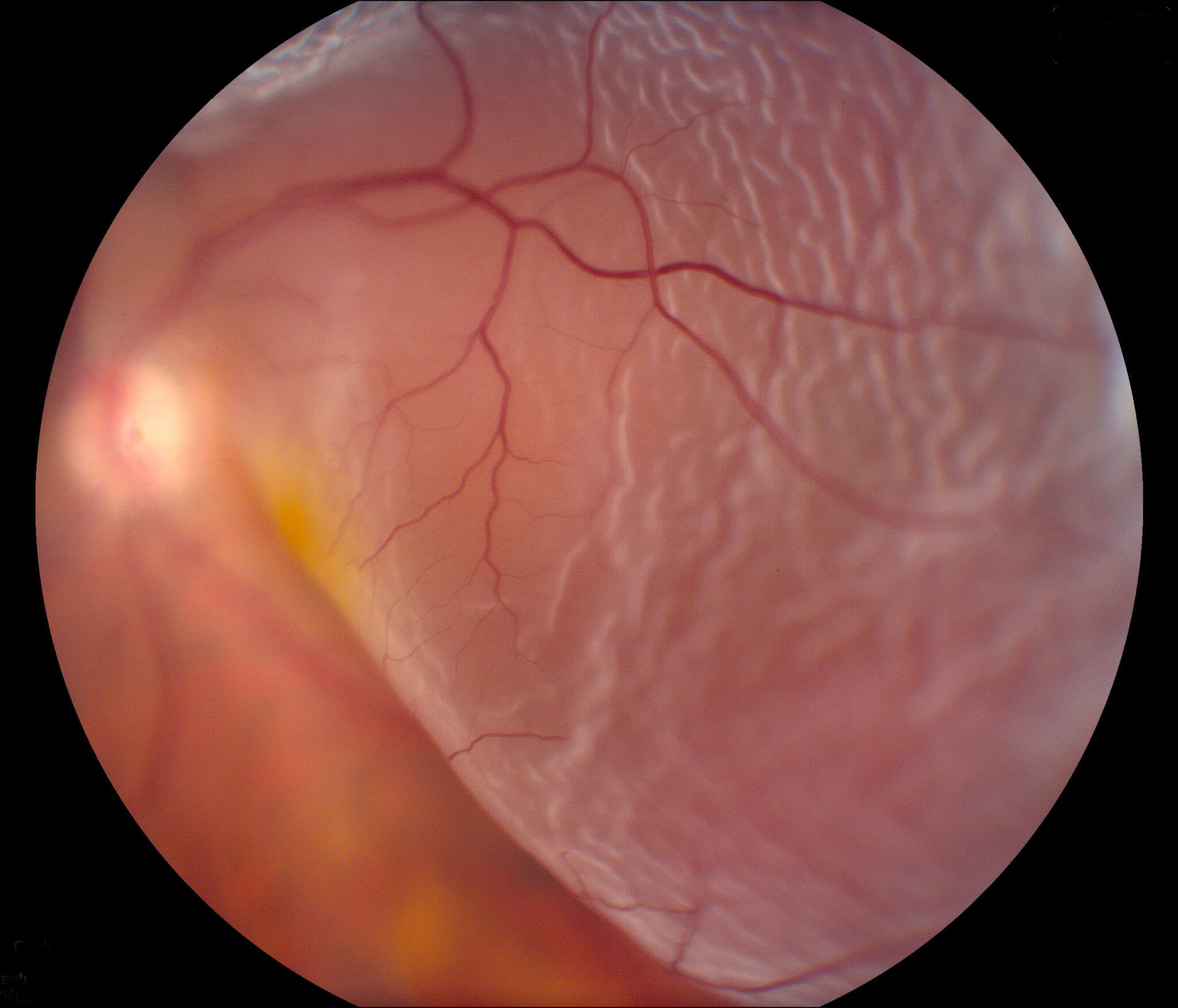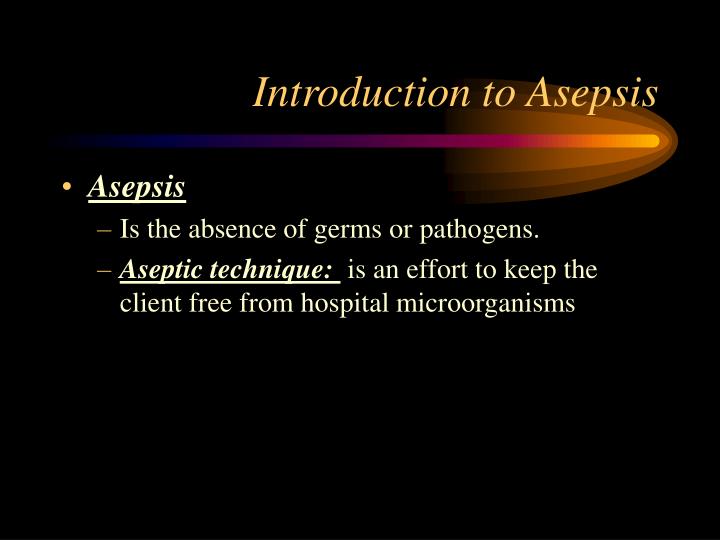



Because the most common source of pathogenic bacteria is the patient’s endogenous flora, it is essential to prep the patient’s skin by clipping hair from the surgical site, cleansing the skin with an antiseptic product and applying sterile drapes around the surgical site. Some issues crop up before the first incision is made. These principles form the basis for the development of surgical conscience as applied to the surgical treatment of patients. Others who work in close proximity to the sterile surgical field, such as anesthesia personnel who are separated from the field only by a drape barrier, also must abide by these principles.”Īccording to the AST, the three basic principles of asepsis, as stated in the Core Curriculum for Surgical Technology to be applied to all patients are: Principle I: A sterile field is created for each surgical procedure Principle II: Sterile team members must be appropriately attired prior to entering the sterile field Principle III: Movement in and around the sterile field must not compromise the field. The Centers for Disease Control and Prevention (CDC)’s Guideline for Prevention of Surgical Site Infections notes, “Rigorous adherence to the principles of asepsis by all scrubbed personnel is the foundation of surgical site infection prevention. Aseptic technique refers to the practices performed immediately before and during a clinical procedure to reduce post-operative infection these include patient skin prep, handwashing, surgical scrub, using barrier protection for the patient (draping) and for the surgical team (surgical attire), maintaining the sterile field, using safe operative technique and maintaining a safe and sterile environment in the surgical arena. The best safeguard against surgical site infections (SSIs) and other infections acquired in the OR is maintaining aseptic technique - a set of specific practices and procedures performed under carefully controlled conditions with the goal of minimizing contamination by infectious pathogens - at all times. Skin Prep, Aseptic Technique and the Sterile Field Thirty-three respondents (28 percent) cited other main concerns that will be addressed in this article. When asked what they believe are the most critical components of infection prevention and control in the OR, 76 percent cited maintaining the sterile field 57 percent cited proper patient skin prep 55 percent cited proper surgical scrub/hand antisepsis and 43 percent cited proper barrier protection. As an infection preventionist, do you know what’s happening in your hospital’s operating rooms (ORs) related to infection prevention and control practices? To get an idea of how well recommended practices are being implemented in the surgical suites across the U.S., ICT conducted an opinion poll of OR nurses to gather their opinions on a number of issues related to infection prevention and control.


 0 kommentar(er)
0 kommentar(er)
